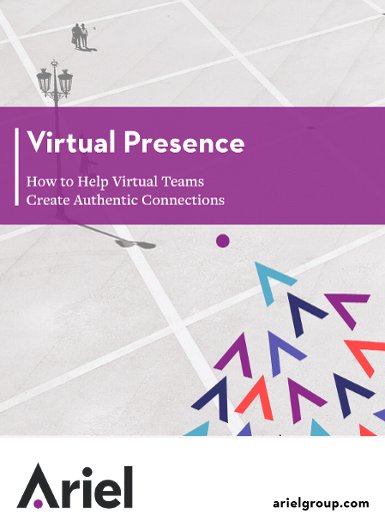How to Use Data the Right Way in Sales

If you’re a numbers person, you may believe that numbers speak for themselves—they’re crystal clear and sparkling, right? Yet numbers, especially statistics, turn out to be surprisingly ambiguous, depending on the reader’s background. Numbers do not tell a story. They support a story.
When you use statistics and other data in client communications, use them persuasively. Otherwise your statistical ice sculpture, glistening and beautiful, could arrive in your client’s inbox as only a puddle.
You can use data more powerfully by
- leading your document or e-mail with a memorable key message that your numbers will support
- telling a compelling story and allowing your statistics to play a supporting role
- limiting the numbers in your document to vital ones that offer evidence of your key message.
What? you may be thinking. Why are you diminishing my sparkling data?
You know the data intimately. Your readers do not, and we may not see ourselves primarily as numbers people. To reach us, you have to see the document through our eyes.
Lead with a key message
In one (sparkling) sentence, what is the story your numbers tell? For example, “Our 22% increase in sales over two years reflects the success of our new portable grill for business travelers and the skill of our sizzling sales team.” Now you’ve used a statistic in context: you’ve told us where that 22% comes from, and how we can best understand it.
We all see countless documents every day that lack a key message. If they don’t convey a clear point, they’ll be forgotten—no matter how many impressive numbers they contain.
Tell a compelling story, using statistics to play a supporting role
Suppose you get an e-mail update from HR: as of next week, all employees will receive a pay increase, and the company will simultaneously cut health insurance benefits. What does that really mean? Does your employer believe this move will put you in a better position? Why? The e-mail tells an incomplete story.
The real story: your company has decided that increasing pay will help employees fund the healthcare they want. Yet if HR’s message provides percentages and not dollar figures, readers won’t understand what is happening to their financial health. Even concrete amounts are not a story without the context. The numbers—in whatever form—should be the supporting cast.
Use only numbers that support your key message
Ah, here’s where communications savvy serves the writer. You have Excel files full of stunning numbers. You’re tempted to pepper them all over your document. After all, they’re so impressive!
But the odd truth is that the more numbers you include, the less impact each number will have. Which numbers support your key message? Use only those. Save the others for another document, or a follow-up once the issue you’re describing has developed.
We readers develop business relationships with people and companies we trust. We gain that confidence in you through your clear, reliable storytelling about what is happening in the field and in your relationship with us. If you bury us in context-deficient data, we’ll miss the real, sparkling ice sculpture in your message: the compelling story of why you wrote to us in the first place.
